The new normal of working from home has been a dream come true for many professionals over the last month. There’s no commute. You can wear your most comfortable clothes. Tackle a household chore, like laundry or dishes, during your lunch break. Or catch an episode of “Tiger King” in between conference calls.
For others, working from home means simultaneously homeschooling children, cooking more meals for the family and managing to keep up with daily projects at work. You live in constant fear that your spouse, children or pets could accidentally interrupt your afternoon conference call. And it can be challenging to turn off your computer and leave the stress of the workday behind when your improv-office is the kitchen table.
Just when we’re starting to get the hang of working from home, companies are beginning to explore bringing employees back into the office. As we slowly begin to (somewhat) return to normalcy in our daily lives — while continuing to practice social distancing! — we’ll be leaving our kitchen-table offices and returning to a space with other like-minded professionals. Many of us are asking ourselves, “Why should we return to the office?”
Offices are designed to be spaces for collaboration, focus and productivity. Unlike many home offices, a corporate office is equipped with the latest audio, video and networking. Even the smallest details, like lighting and structured wiring, can make or break a corporate office space.
 But returning to the workplace isn’t going to happen overnight. We’re going to see many companies phase their employees back to work. C-suite executives and human resources professionals are likely going to be the first to return. Companies will harness platforms like Zoom Video Conferencing to remain connected with their employees who are still working remotely. And in-office executives will incorporate room-based meeting solutions, like Zoom Rooms, to create a unique space for audio conferencing, wireless screen sharing and video conferencing.
But returning to the workplace isn’t going to happen overnight. We’re going to see many companies phase their employees back to work. C-suite executives and human resources professionals are likely going to be the first to return. Companies will harness platforms like Zoom Video Conferencing to remain connected with their employees who are still working remotely. And in-office executives will incorporate room-based meeting solutions, like Zoom Rooms, to create a unique space for audio conferencing, wireless screen sharing and video conferencing.
Technology can create a safer working environment, too. Crestron Room Scheduling, for example, can secure a conference space while allocating time in between meetings to ensure proper cleaning and sanitization of a space. Automated room lighting controlled through mobile devices can eliminate the number of people touching the same surface over time. And BYOD (bring your own device) enables people to use their own audio and video displays without having to share the same device with others — at a lectern, for instance.
While returning to the office might look different to each of us, we should embrace the opportunity to work in a quiet, dedicated environment, to collaborate with our coworkers and to leave the stress of the office behind once we start our commutes home. If you’re looking to transform the way your team can work, collaborate, and succeed, AV Planners has proven success enhancing corporate office spaces through technology. Keep up with the latest news from AV Planners on Facebook, Twitter and Instagram.
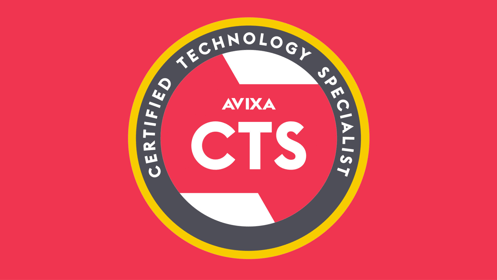

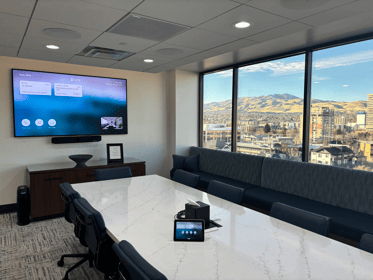

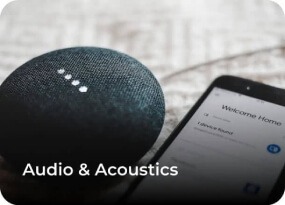
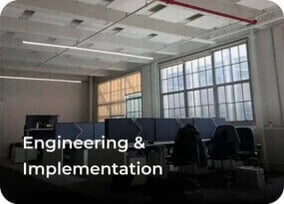

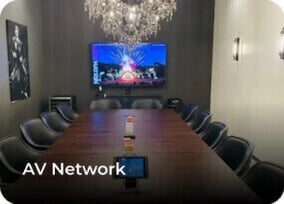
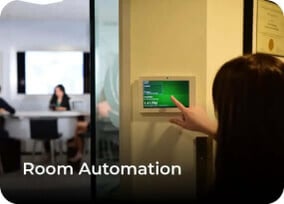

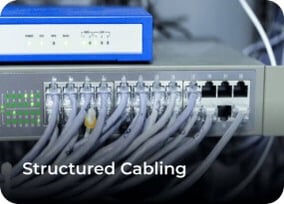
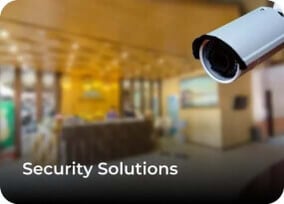
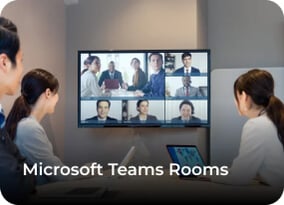
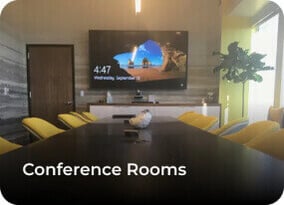
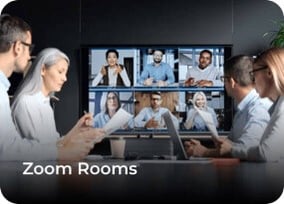
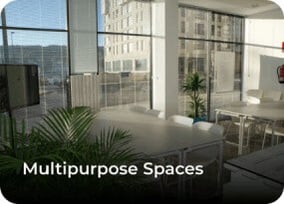
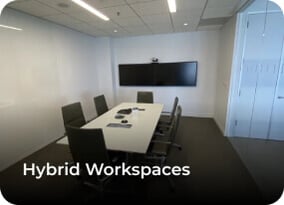
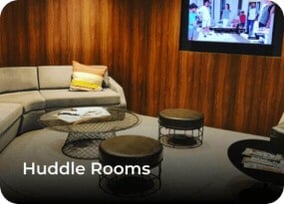
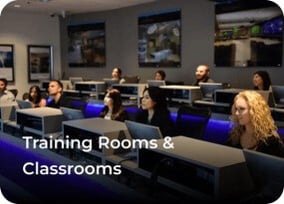
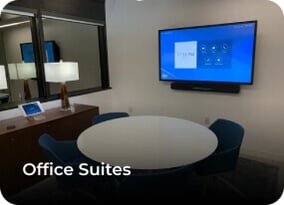
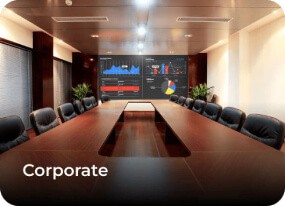
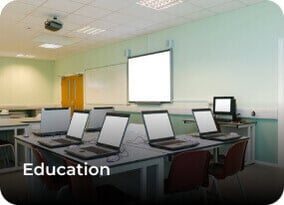


 But returning to the workplace isn’t going to happen overnight. We’re going to see many companies phase their employees back to work. C-suite executives and human resources professionals are likely going to be the first to return. Companies will harness platforms like Zoom Video Conferencing to remain connected with their employees who are still working remotely. And in-office executives will incorporate room-based meeting solutions, like Zoom Rooms, to create a unique space for audio conferencing, wireless screen sharing and video conferencing.
But returning to the workplace isn’t going to happen overnight. We’re going to see many companies phase their employees back to work. C-suite executives and human resources professionals are likely going to be the first to return. Companies will harness platforms like Zoom Video Conferencing to remain connected with their employees who are still working remotely. And in-office executives will incorporate room-based meeting solutions, like Zoom Rooms, to create a unique space for audio conferencing, wireless screen sharing and video conferencing.